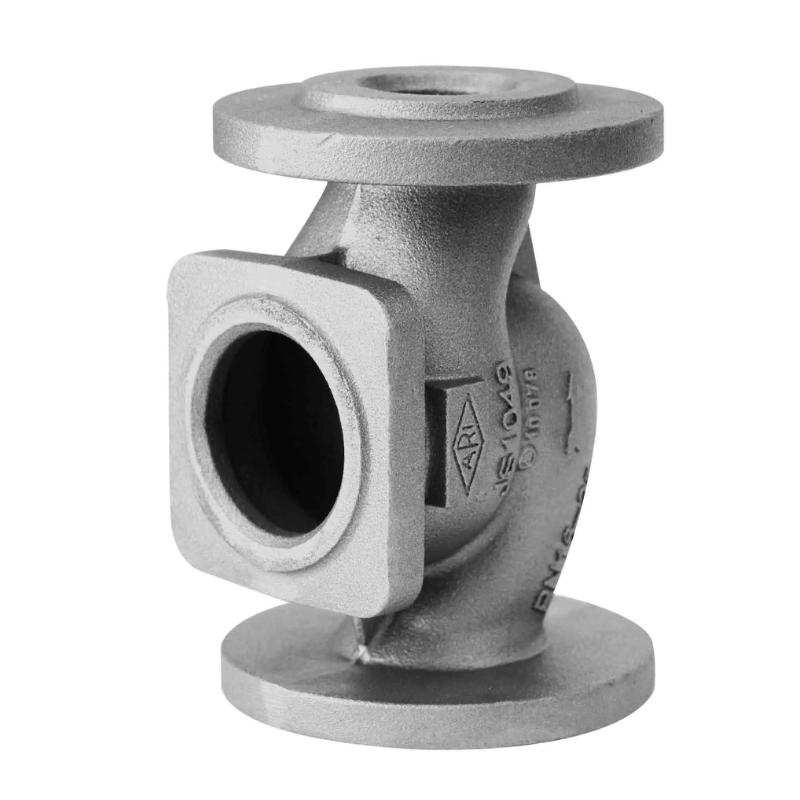Analysis and prevention of defects in the cleaning and heat treatment of gray iron parts
(1) Damage
Characteristics and detection methods:
The integrity of the casting is damaged
Can be found by visual inspection
Gray iron parts defects cause analysis:
1. Not paying attention when unpacking, transporting or cleaning
2. The direction of removing the pouring and riser is wrong or the riser neck is too large, causing the defect of lack of meat
Gray iron parts prevention methods:
1. Carefully follow the process regulations and requirements
2. Correctly grasp the direction of removing the pouring and riser
(2) Cold cracking
Characteristics and detection methods:
1. Thin shell parts are vibrated and cracked when sand is removed
2. When using water blasting to clean sand, the thermal stress is large. When the stress exceeds the tensile strength of a certain part of the casting, cold cracking occurs.
Prevention methods:
1. Thin shell parts that are easy to crack should be picked out during cleaning, cleaned separately, and reasonable operating procedures should be strictly followed.
2. According to the structure and performance characteristics of the casting, select reasonable cleaning methods and cleaning tools.
3. Strictly implement the water blasting process.
4. During transportation and cleaning, try to reduce collisions.
(3) Thermal cracking
Characteristics and detection methods:
The metal surface at the crack is oxidized.
Use appearance inspection, light transmission method, magnetic particle inspection, pressure test, kerosene penetration and other methods to detect.
Cause analysis:
Due to improper gas cutting, welding or heat treatment, the temperature stress is large.
Prevention methods:
Correctly formulate and strictly implement reasonable welding, heat treatment specifications and operating procedures.
(4) Deformation
Characteristics and detection methods:
Long or flat castings are concave and curved on the side close to the wall thickness.
Use appearance inspection, marking and other methods to detect.
Cause analysis:
During the cooling process of the casting, when the casting stress generated exceeds the yield limit of the material, plastic deformation and deflection occur. In order to reduce and eliminate the residual stress of the casting, artificial aging (i.e. annealing heat treatment) can be used. If the heat treatment specifications are not correct, deformation and deflection will still occur.
Prevention methods:
1. Change the heat treatment specifications to make them reasonable and implement them carefully
2. Extend the unpacking time or send the castings that have just fallen into the heat preservation furnace to keep them warm and slowly cool them with the furnace
(5) Unqualified metallographic structure
Characteristics and discovery methods:
The macrostructure and microstructure of the casting cross section do not meet the standards or technical conditions
It can be found by cross-section observation and metallographic inspection
Cause analysis:
1. Improper unpacking time
2. Incorrect heat treatment specifications
Prevention methods:
1. According to technical requirements, reasonably control the unpacking time of castings
2. Change the heat treatment specifications to make them reasonable and implement them carefully
(6) The surface is too hard
Characteristics and discovery methods:
White cast iron structure appears at the edge and thin wall of the casting
It can be found by cross-section observation, hardness test, and mechanical processing
Cause analysis:
Unpacking time is too early
Prevention methods:
Appropriately extend the unpacking time or slowly cool down in the annealing furnace





